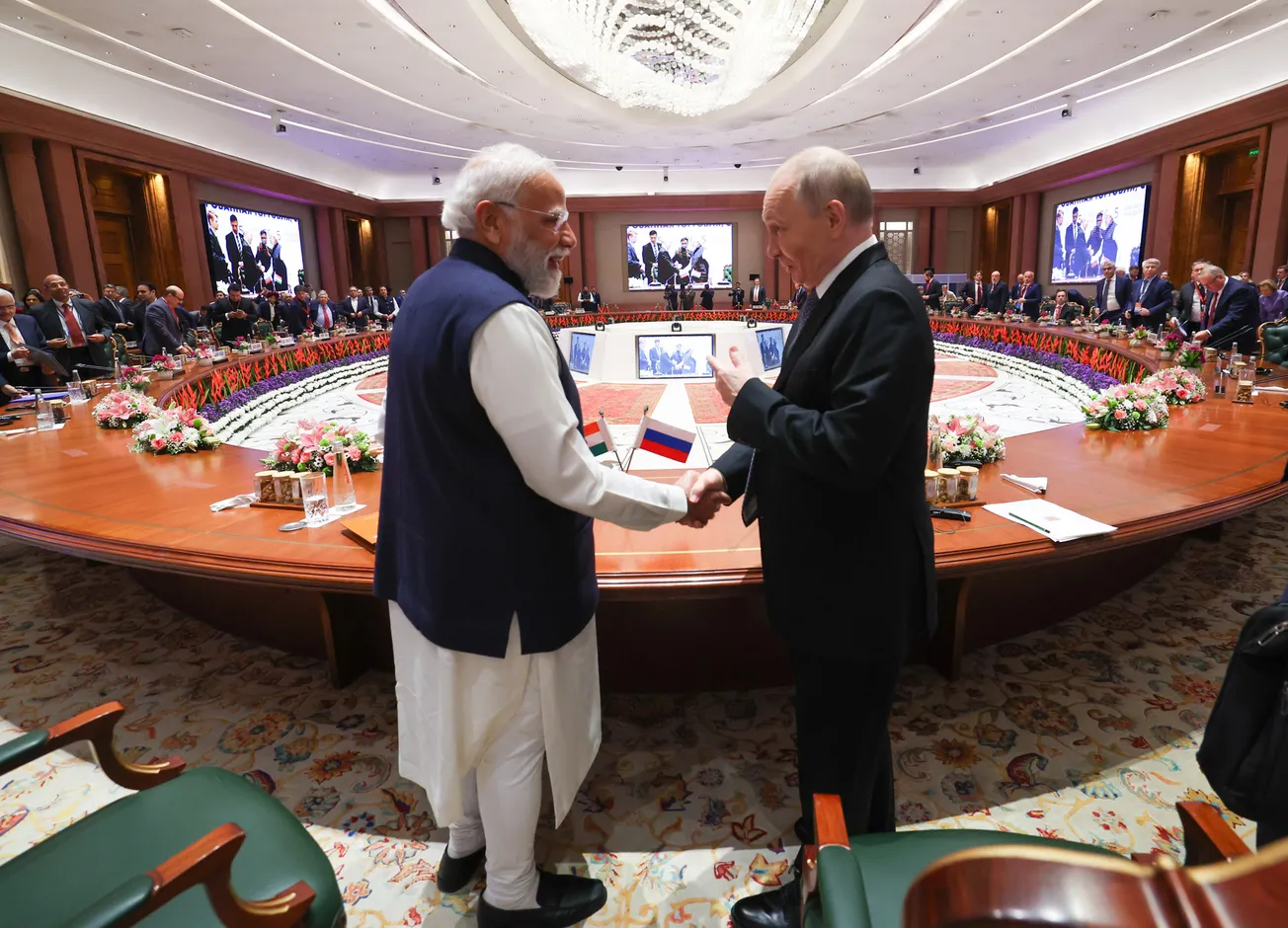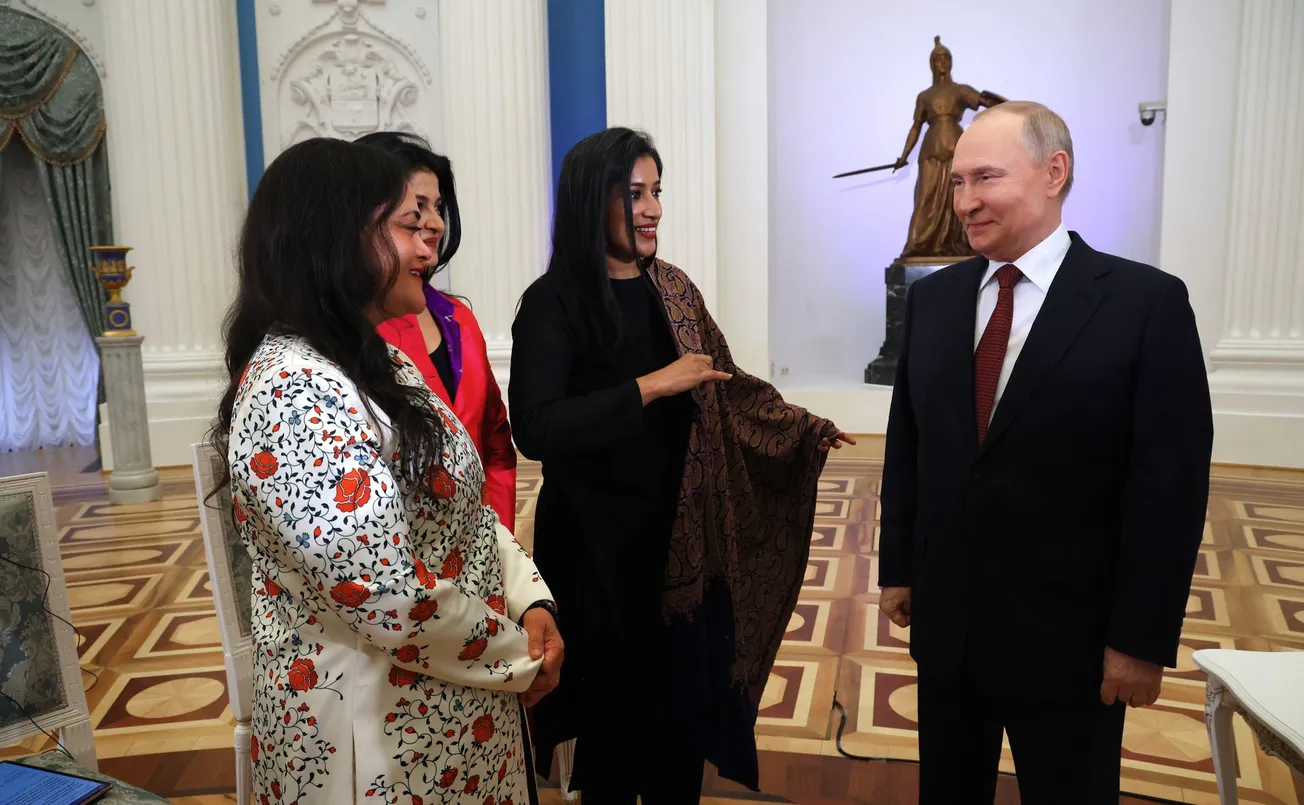The 15th BRICS Summit in Johannesburg, South Africa, reflects an underlying reality: For the last two decades, the BRICS nations of Brazil, Russia, India, China, and South Africa, have been greatly increasing trade and advancing development with Africa. The powers of Europe and the United States, with their colonialist poison, have tried mightily to impose their Malthusian policies on Africa, but are no longer the economically dominant power. Their role has significantly diminished, either through a reduction in France’s semi-colonial CFA franc currency in 15 largely Francophone countries, or through its outright disengagement. This is an important, evolving precondition for African nations’ attempts to work with the BRICS.
In the last decade, the BRICS has become the largest trading partner of Africa, outstripping the once-ruling EU and United States. According to official statistics, the total two-way trade value between China and Africa hit an all-time high of $282 billion in 2022, up 11% year-on-year. China has also invested heavily in infrastructure and industrial projects in African countries. Meanwhile, according to Indian Ministry of Commerce and Industry data, India has set up a $10 billion fund to support development projects in Africa.
Brazil’s trade with Africa was expected to rise to about $25 billion in 2022, and in that year, Russia’s trade with Africa was $18 billion. Part of the reason that Russia’s figure appears to be lower, is that the dollar rose against the ruble; thus, since the trade levels are reported in dollars, Russia’s trade with Africa would seem to be lower than it actually is. Already, Russian President Vladimir Putin stated, in the first half of 2023, Russia’s trade with Africa has risen 30%, compared with the same period last year.




